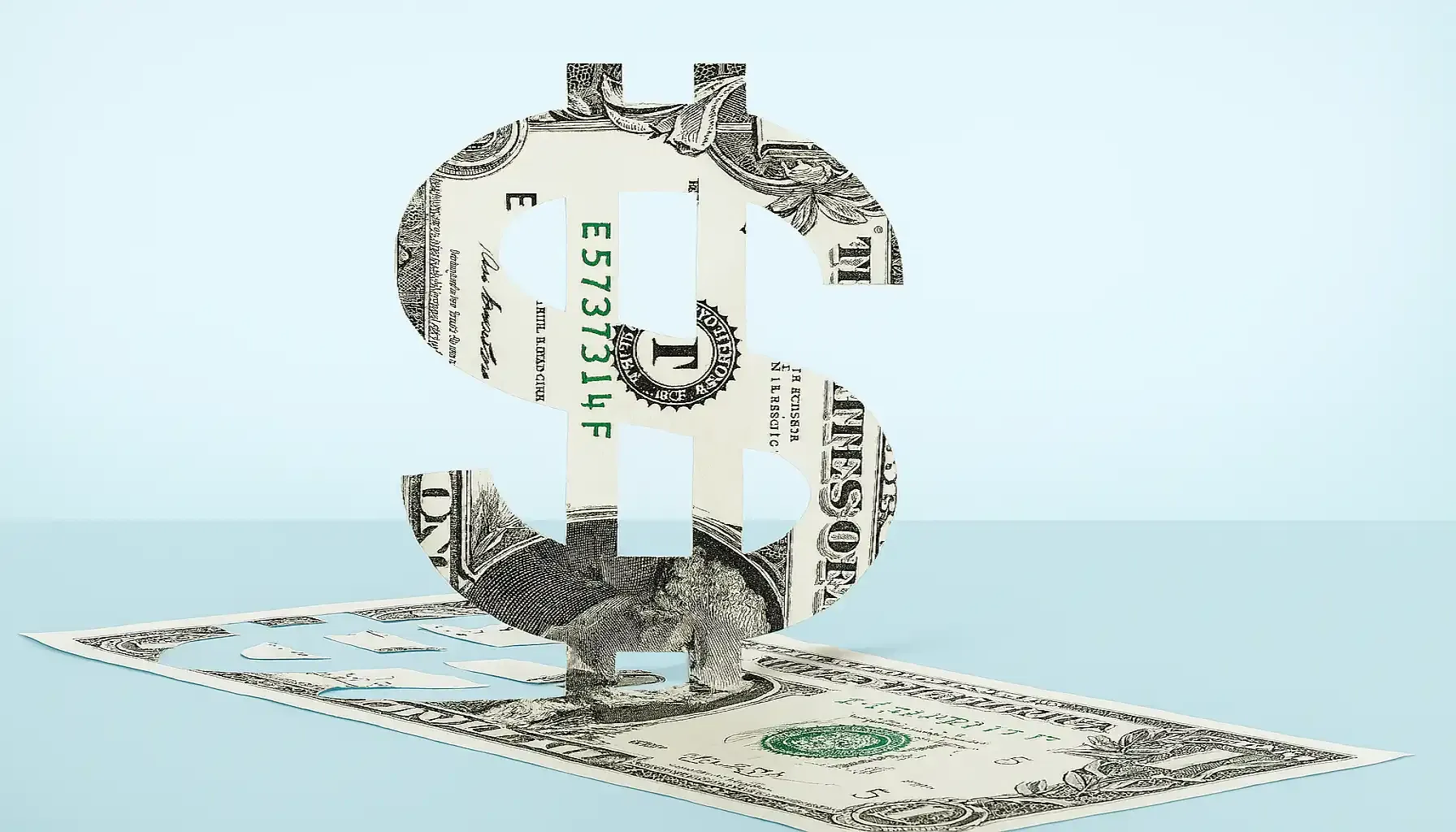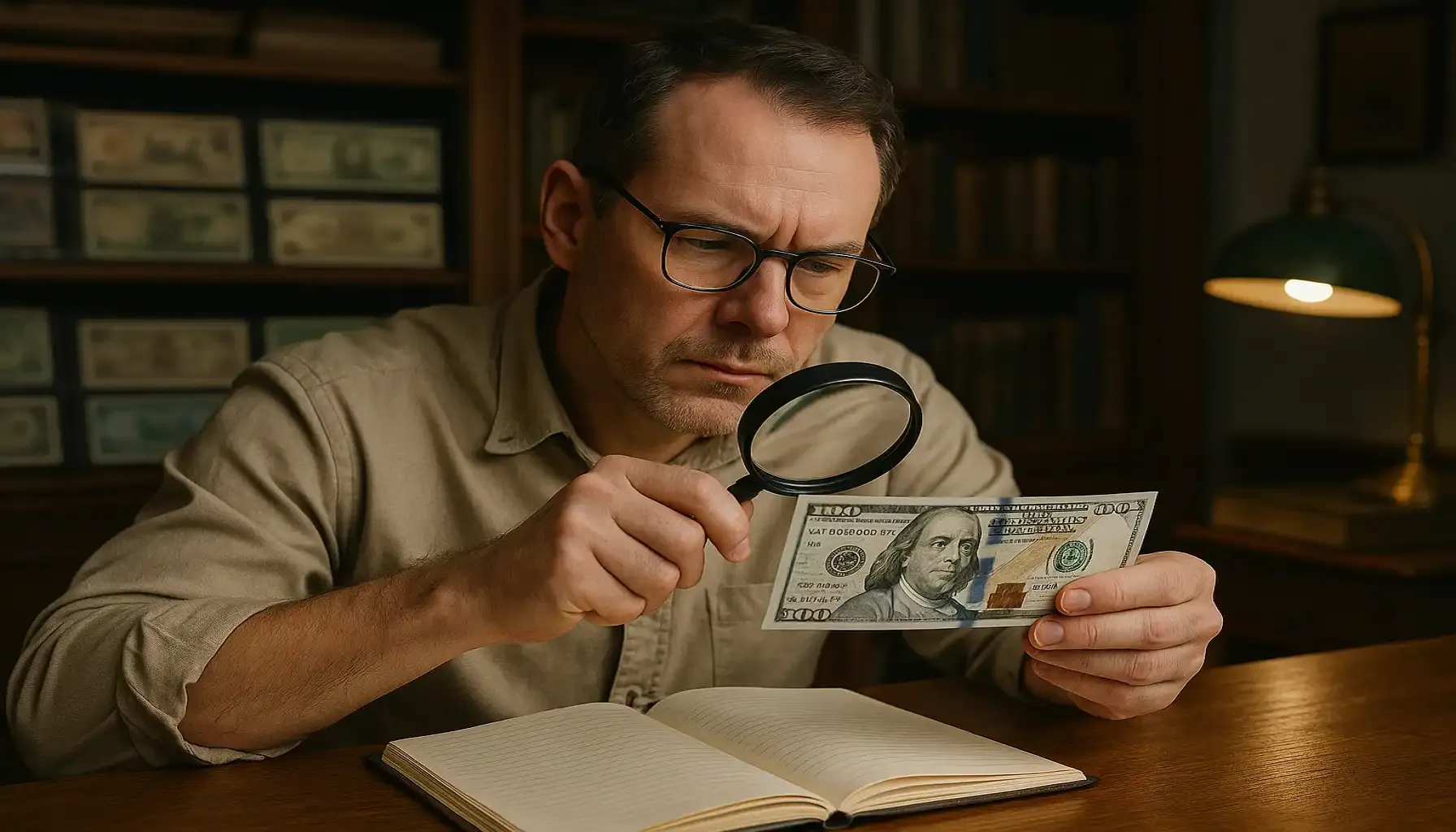Contents:
The image of John Kennedy has become iconic over the years. Soon after the tragic fate befell the president, the US Mint released an extraordinary coin meant to commemorate the life of this great ruling figure and honor his achievements in the sphere of politics.
Nevertheless, some of its iterations represent a bit more valuable side of numismatics, which includes the 1971 Kennedy half dollar no mint mark or the half dollar 1971 errors. In this material, we have incorporated answers to the most burning questions regarding these units of currency and how to identify the coins’ errors and pricing properly. So, what makes a 1971 Kennedy half dollar valuable?
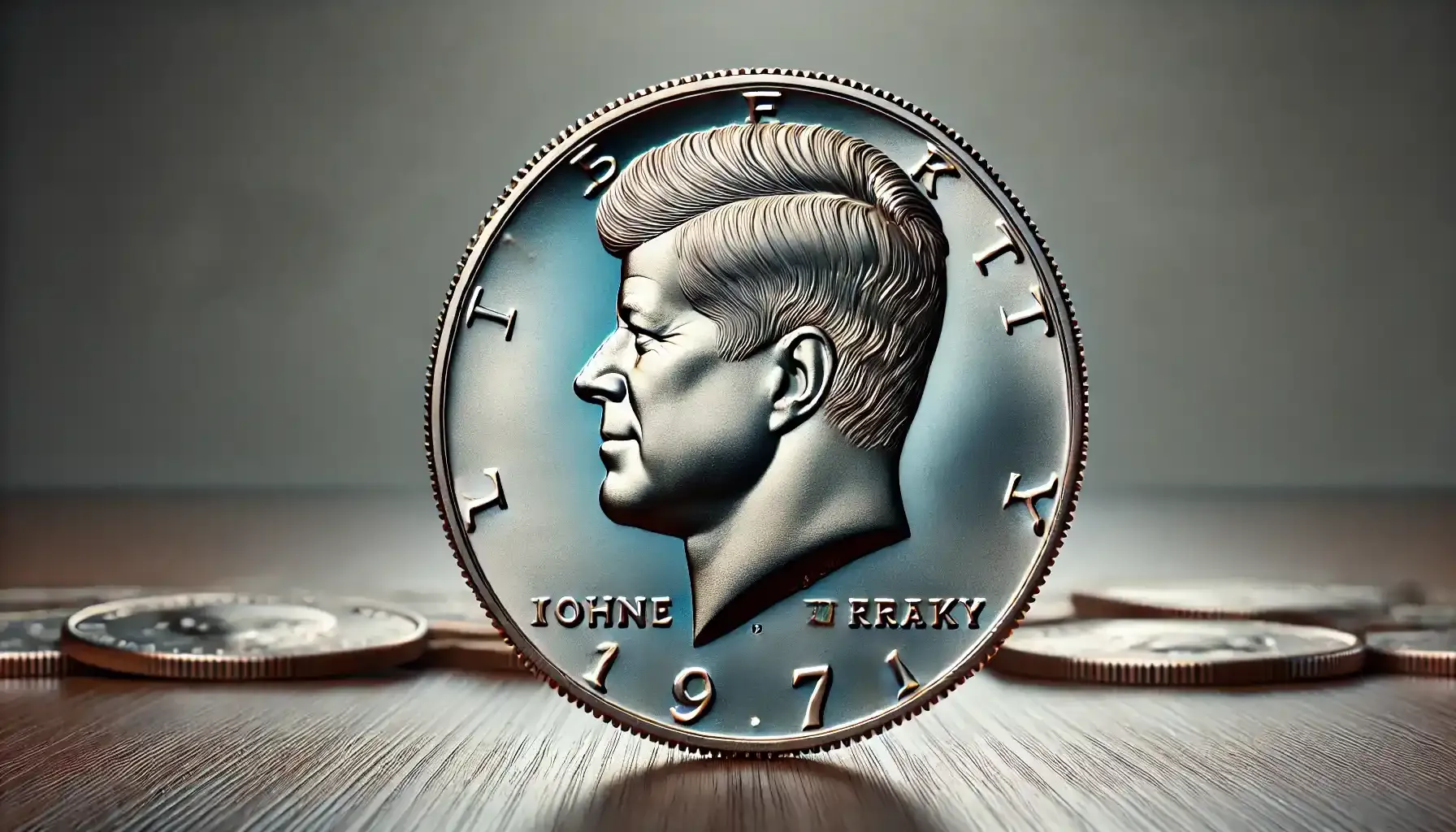
The Origin and Features of a Kennedy Half Dollar Coin
In 1963, John Fitzgerald Kennedy, the 35th president of the United States, was brutally assassinated. After a nationwide outburst of mourning that followed his sudden passing, the US Mint in collaboration with Congress decided to launch the Kennedy half dollars so as to let people all around the United States pay tribute to their former leader.
The coin was designed by sculptors Frank Gasparro and Gilroy Roberts who elegantly and respectfully depicted a profile of Kennedy on the obverse side. The reverse, on its part, featured a modified presidential seal with the renowned American bald eagle holding arrows and an olive branch in its claws. While the design remained generally the same, the Kennedy Half Dollar's composition changed over time with different materials being used for different minting periods.
In the beginning, the coin had a total silver content of 0.3617 troy ounces, consisting of 90% silver and 10% copper. Due to rising silver costs, the US Mint gradually reduced the silver content of a coin, though this had been always typical of the previous dollar issues. Between 1965 and 1970, for example, the half dollar was struck with a "clad" composition, which means that the copper core was surrounded by a layer of silver.
Further, these coins issued after 1970 obtained a copper-nickel clad composition, with a pure copper core surrounded by an outer coating made up of 75% copper and 25% nickel. This is how the material value had been altered, but what about the overall 1971 half dollar worth? Is a 1971 half dollar worth anything? And why was it produced just before the 1979 dollar coins?
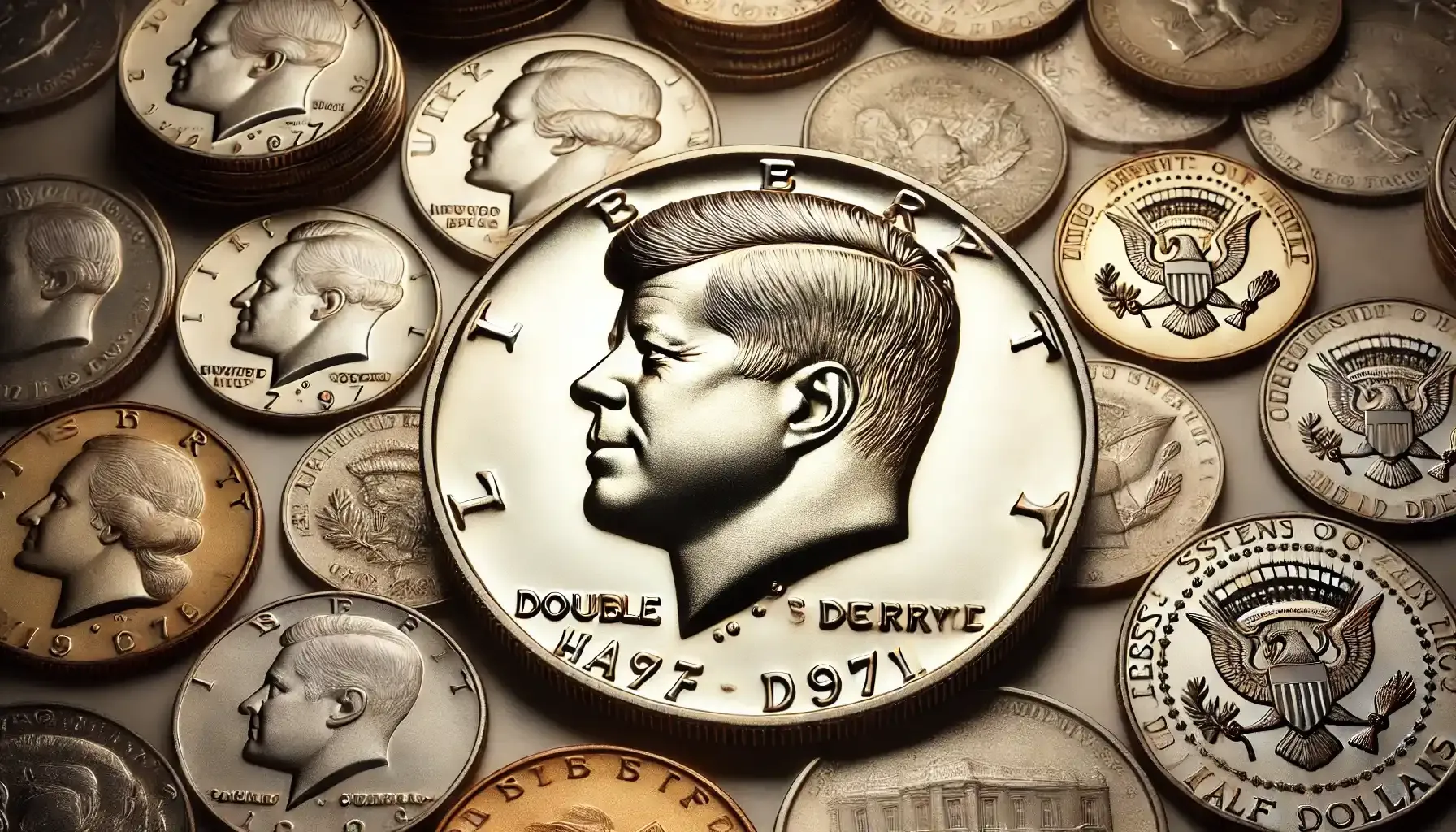
Minting Details of This Rare 1971 Half Dollar
Apart from the composition change which was mentioned before, there are some notable characteristics of the minting process that cannot be neglected anyway. Let us quickly take a look at mint marks and production sites, valuable errors, and circulation in general.
Mint Marks and Production Locations: Philadelphia (which did not put any mint mark) and Denver (which had a "D" on a coin) were two major places where the 1971 half dollars were produced. A small quantity of proofs, which are different from ordinary circulation strikes were also manufactured at the San Francisco Mint and are marked with the letter "S."
Errors and Rare Varieties: As usual, the most appealing part of each series refers to rare instances that exhibit errors and flaws, and 1971 half dollar errors are no exception. The 1971-D half dollar struck on a 40% silver planchet that was left over from previous years is one of the rarest variations. Yet, this is to be discussed further.
Circulation: The 1971 Kennedy Half Dollar has one of the greatest production levels in the series, with over 302 million coins produced between Philadelphia and Denver respectively. The majority of 1971 coins were put in circulation thanks to the coin's base-metal composition and high levels of mintage, which resulted in fewer pieces remaining in mint condition.
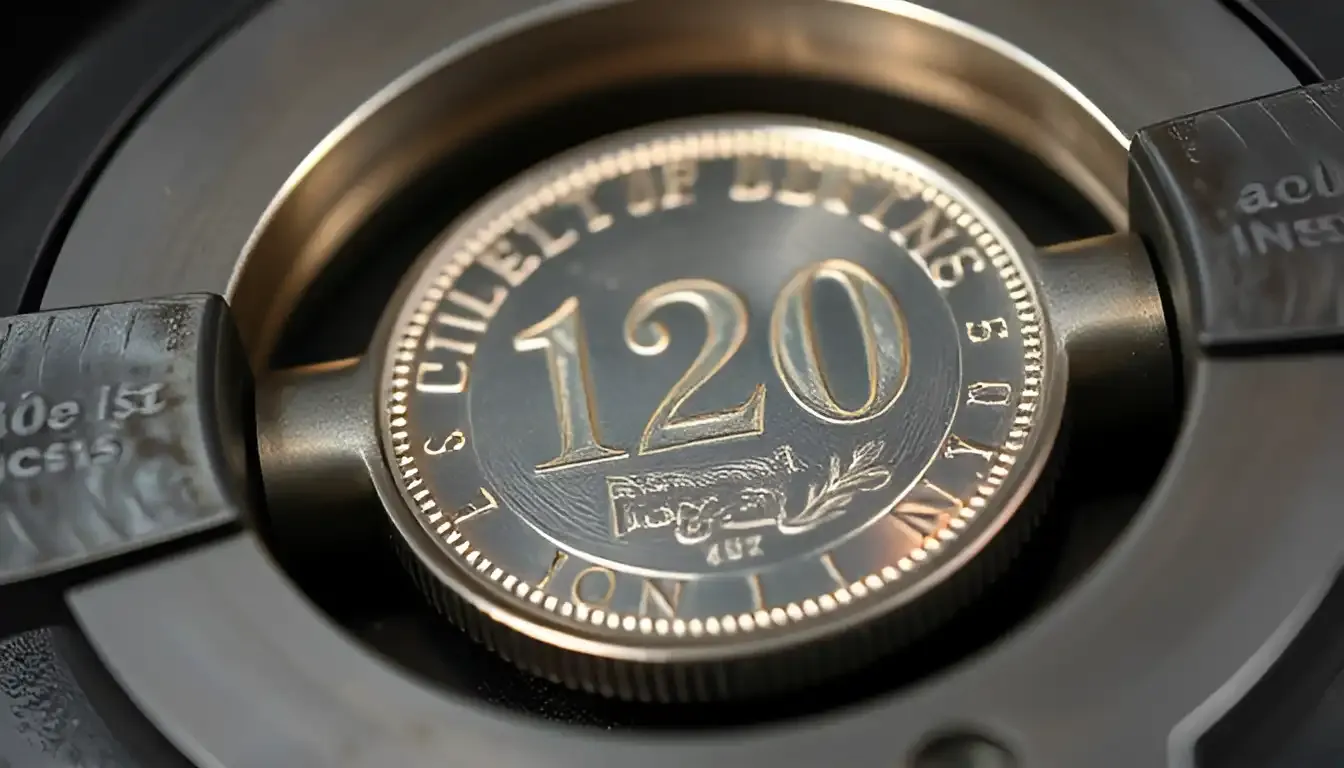
Aspects That Contribute to How Rare Half Dollar Coins 1971 Are
What makes a 1971 half dollar rare? This is the question that may overwhelm and concern newly emerging numismatists, but the rules of rarity attribution are quite common all the time. The presence of errors is apparently a major factor, but what else can contribute to the rarity of the coin? For anyone who wishes to compile a fine collection, it is vital to be aware of what might potentially become a reason why the 1971 Kennedy half dollar value can increase in the end.
First Year of Copper-Nickel Composition
The first coin in the series to be struck entirely of copper-nickel and devoid of silver was the 1971 Kennedy Half Dollar coin. The total removal of precious metals from regular US currency makes this issue historically noteworthy even though it did not immediately raise the coin's rarity.
High Circulation and Wear
Due to such widespread use, high-grade 1971 half dollars are harder to find since most of them display significant wear. Hence, the 1971 D Kennedy half dollar value of well-preserved instances is usually increased by their low number and demand of uncirculated or nearly flawless examples (attributed as MS65 or beyond).
Grade Rarity
As a rule, collectors tend to hunt only uncirculated or high-grade coins, which makes it inevitable for these instances to quickly disappear from the market. Since these are comparatively uncommon, coins with an MS65 or above grades could attract the attention of collectors seeking exceptional specimens of this year.
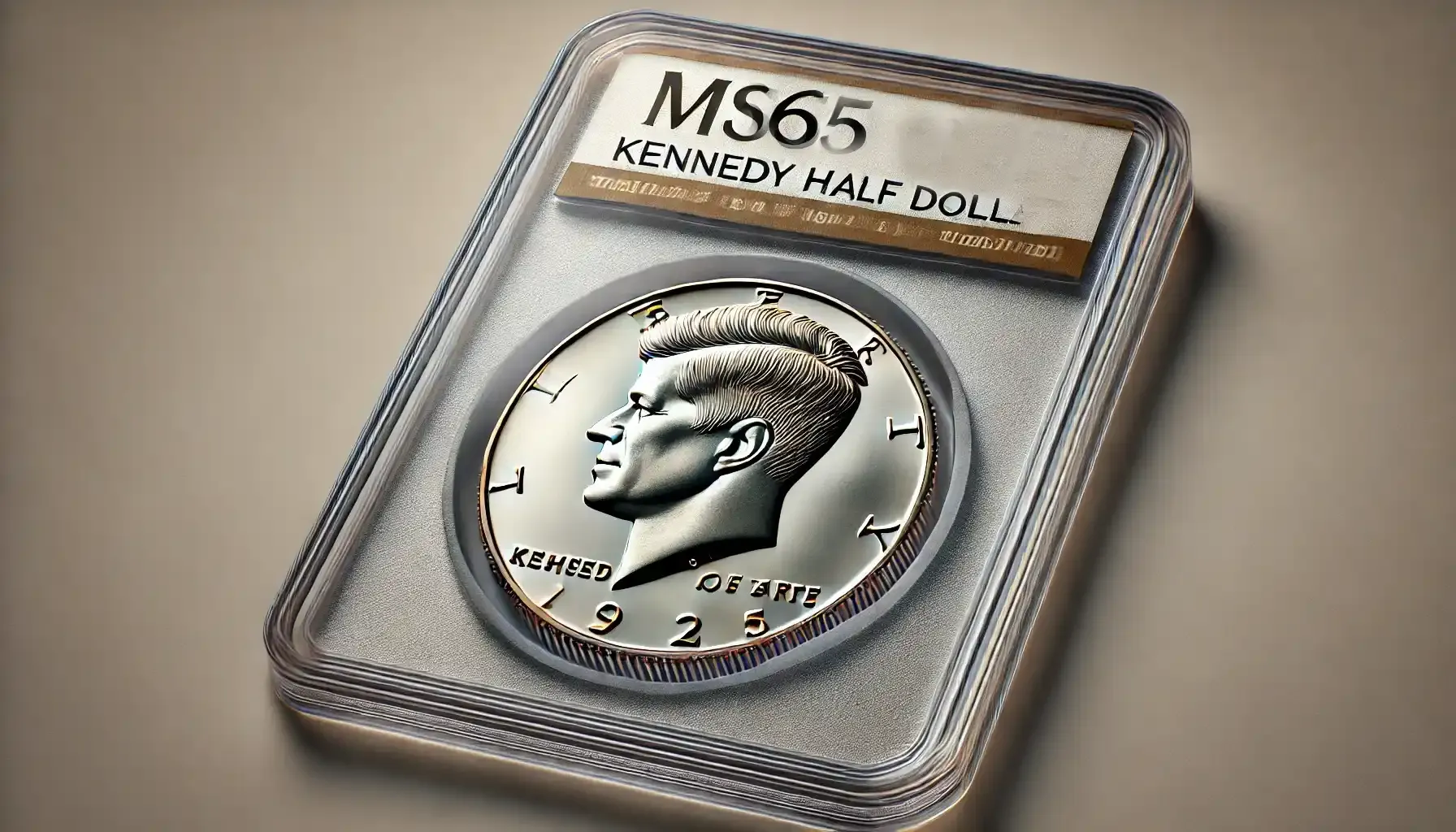
What About the 1971 Kennedy Half Dollar Errors?
The 1971 50 cent piece value of erroneous instances is indeed higher than that of a regular strike given their rarity and appeal. In general, errors mean mistakes made during the minting process that cause the coins to differ from their original design. These mistakes comprise double die errors, off-center strikes, clipped planchets, incorrect planchet errors, weak strikes, or missing details. 1971 D half dollar error include:
1971-D Struck on a 40% Silver Planchet This year's most well-known and lucrative error is the 1971-D half dollar struck on a 40% silver planchet by mistake. Since the 1971 Kennedy Half Dollar was officially minted in a copper-nickel composition only, such a flaw inevitably boosts the 1971 Silver Half Dollar value for good. |
Double Die Obverse Sometimes, coins might have double components on the surface, e.g., the Kennedy's profile, the phrases "LIBERTY," or "IN GOD WE TRUST," and the like. Despite the minor doubling, collectors value these coins because of their unique appearance and exclusivity. |
Off-Center Strike When the metal blank (or planchet) is not correctly positioned in relation to the dies, there can be produced an apparent off-center design. And yes, collectors do love off-center errors, particularly when a large section of the pattern is misaligned or missing. |
Wrong Planchet Errors In rare occasions, a Kennedy Half Dollar might be struck on a quarter or other denomination's planchet. Since it requires a planchet of an incorrect size or metal to enter the half-dollar production line, the 1971 half dollar value error is uncommon but the worth is high. |
Missing Lettering or Weak Strikes Besides, according to the numismatic databases, some instances can have weak strikes, which are faint representations of design elements like Kennedy's profile or lettering. This may occur as a result of worn-out dies or unequal pressure created during the process. |
On another note, do you know how to tell if a 1971 half dollar is silver or valuable by its error? We recommend that you opt for a reputable application like Coin ID Scanner. Coin ID Scanner is a versatile tool that offers numerous numismatic opportunities from quick coin identification by photo to collection management and universal AI support. You can even scan your 2020 Bat Quarter with it. Keep calm and enjoy your coins!
A Brief Overview of Half Dollar Coin Value 1971
Circulated Coins: 50 cents (i.e., face value).
Uncirculated Coins: Vary from $1 to $5 (or even more).
Proof Coins: In general, $3 to $10.
Error Coins: Can sell for hundreds or even thousands of dollars (1971 half dollar value D with 40% silver planchet content included).
NB: The 1971 half dollar no mint mark value is never different, for this type of the Kennedy half dollar is as common as any other option in the group.
How much is a 50 cent coin worth from 1971? This generally depends on different factors and conditions. The 1971 Kennedy Half Dollar is surely a powerful coin with history anyone should be aware of. Let us commemorate those who served the greater good, should it be represented via coins or any other type of art.

